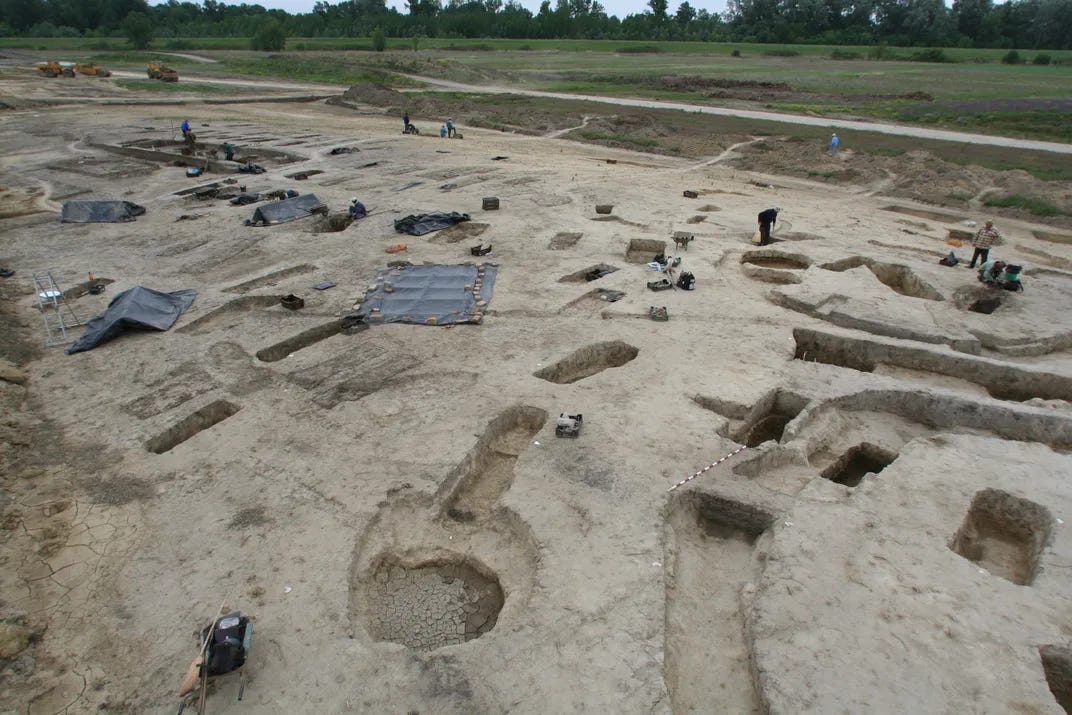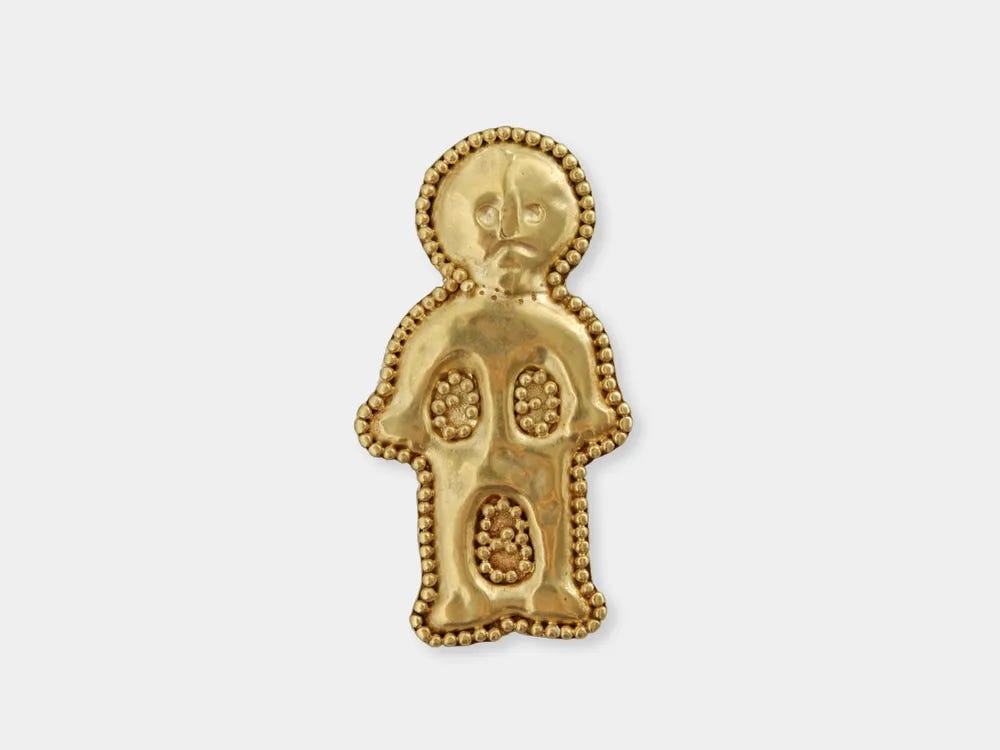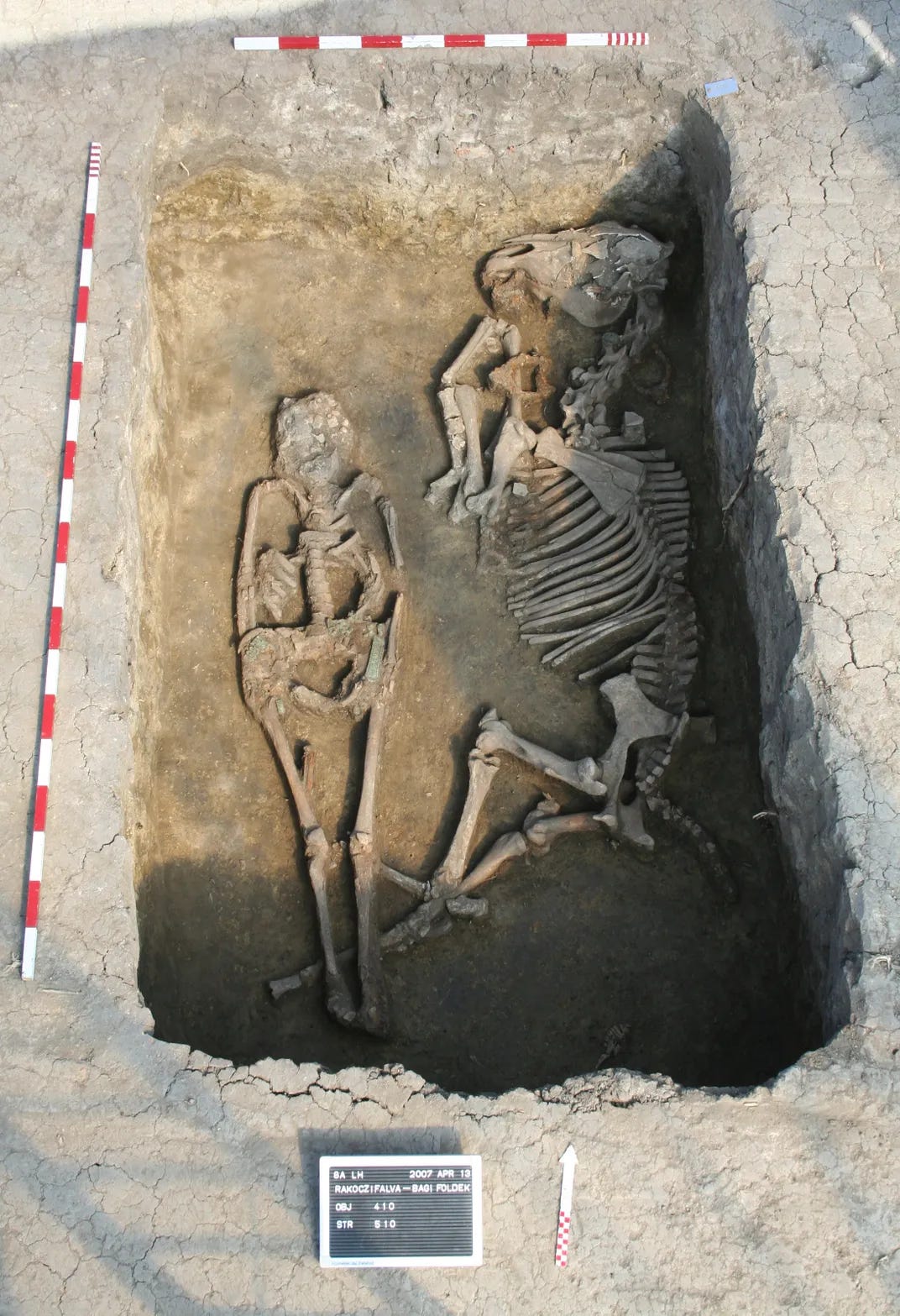Marriage Practices of an Ancient Warrior Civilization: DNA Insights into the Avar Empire
Manage episode 416987553 series 3444207
The Avars, a formidable warrior society of Central and Eastern Europe, once dominated vast territories in the 6th century. In a groundbreaking study published in Nature1, researchers delve into the genetic legacy of this enigmatic civilization, shedding light on their intricate marriage customs and social structures.

Unraveling the Mysteries of the Avar Empire
The Avars, originating from Central Asia, embarked on a historic migration to Eastern Europe, leaving an indelible mark on the region's history. Despite their formidable conquests and influence, much about the Avar way of life remained shrouded in mystery—until now.
In an ambitious endeavor, experts examined over 400 skeletons from Avar grave sites, unveiling fascinating insights into their familial relationships and societal norms. Dr. Zsófia Rácz, co-author of the study, expresses astonishment at the profound interconnections observed among the Avar people:
"What surprised me most was the simple fact that these people in the cemeteries are so interconnected."
Decoding Avar Marriage Practices
Central to the study's findings is the revelation of Avar marriage practices, particularly the dynamics between men and women. Contrary to expectations, DNA analysis unveils a disparity in genetic backgrounds between Avar men and women. While men were buried alongside their parents, women's familial ties were not localized to the same cemeteries.

This discrepancy suggests a patrilocal system, wherein women relocated to their husbands' communities after marriage. Moreover, women exhibited a shared genetic ancestry from the Steppe region, indicating their origin within the Avar society rather than as conquered individuals.
Unveiling Complex Relationship Dynamics
The study paints a nuanced picture of Avar relationships, challenging conventional notions of monogamy. Researchers unearth multiple instances of complex familial ties, including cases of men fathering children with the same female partner across generations.

Notably, while some Avar men engaged in polygynous relationships, women predominantly entered into levirate unions upon widowhood, marrying the brother or son of their deceased husband. This intricate web of familial connections underscores the pivotal role of women in fostering societal cohesion within the Avar civilization.
Illuminating Avar Societal Structures
The absence of a written history poses significant challenges to understanding Avar civilization. However, the study's groundbreaking insights provide invaluable context for comprehending their family dynamics, gender hierarchies, and marriage customs.
Dr. Zuzana Hofmanová, senior author of the study, highlights the pivotal role of females in fostering community cohesion:
"In a way, this pattern shows the role of females in promoting the cohesion of this society."
Through meticulous genetic analysis, researchers offer a compelling glimpse into the intricate tapestry of Avar life, enriching our understanding of this ancient warrior civilization.
Gnecchi-Ruscone, G. A., Rácz, Z., Samu, L., Szeniczey, T., Faragó, N., Knipper, C., Friedrich, R., Zlámalová, D., Traverso, L., Liccardo, S., Wabnitz, S., Popli, D., Wang, K., Radzeviciute, R., Gulyás, B., Koncz, I., Balogh, C., Lezsák, G. M., Mácsai, V., … Hofmanová, Z. (2024). Network of large pedigrees reveals social practices of Avar communities. Nature, 1–8. https://doi.org/10.1038/s41586-024-07312-4
9 episoder




